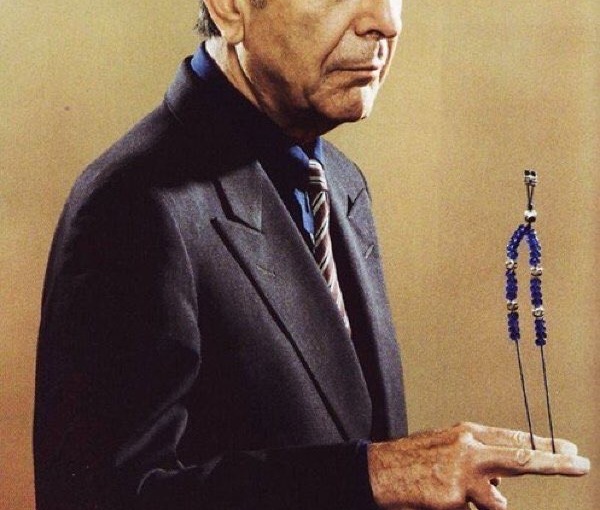You pass by a park in Romania, you’ll hear it – tac tac tac. You pass by an elderly man sitting on a stoop in a piaţa (city center), you’ll hear it again – tac tac tac. The sound of beads being counted or twirled around one’s finger. Commonly known as, komboloi, each pair has a story to tell. It’s very common among men to compare and share the stories of their origins since it was common to pass from one generation to another. Each is made in their own unique way although amber resin and coral are often preferred. Etymologically in the Greek language, komboloi means – in every knot I say a prayer. Although the beads are used more as a way to pass time, concentrate on the present or used in horă dances, it is important to note how beads throughout many cultures were used as a meditative practice. Many also use the beads as a way to quit self-sabotaging habits like smoking since the process alleviates the nervous ticks of needing something in between one’s fingers.

These beads go by different names throughout many cultures. Sometimes called: mala, japa, rosary, begleri, or sacred beads. In essence, all have been used as a way to remain present with one self. To process one’s thoughts. Repeat a mantra. Say a prayer to each bead or simply count. In an article, The History of Mala Beads:
The significance of beaded jewlery has been a part of humanity since the beginnings of our time on Earth. At the very southern tip of Africa, in a cave known as Blombos, nassarius shell beads were discovered to have been strung on a chord and worn as decorative ornaments. These beads are believed to be from around 70,000 BCE and have provided archeologists insights into technological advancements and the comprehension of self – awareness in early humans.

Each piece has a certain amount of beads. The most common Komboloi to have comes with a set of 33. Mala beads, common in India, Nepal and Southeast Asia, are traditionally composed of 108 beads. Both derive from cosmological principles and the ancient practice of numerology. For example, mathemeticians of Hindu Vedic cosmology believe the number holds the basis of creation. A number representing the universe, the wholeness of existence, and ultimate consciousness. It also holds astrological significance since there are 12 houses in our birth charts and 9 planets. The multiplication of 12 and 9 makes 108. One, by itself, signifies unison while 8 sideways represents infinity. The number 3 is also a very packed symbol. It resembles the mind-body-soul triad as well as the birth-life-death cycle. In Tarot, the Empress card which is part of the major arcana is associated with the number 3, which signifies abundance and a strong inner voice. The development of a strong inner voice is important to observe since many use beads to repeat mantra to each bead one counts.

In an article, How Sacred Bead Rosaries Are Used in Various Spiritual Traditions, Dawn Boiani writes:
A key component of Buddhism, as well as Hinduism, is meditation: the act of consciously attempting to alter the way your mind works. If fixations are inherent to human nature, then to remove fixations and become enlightened is against our nature; and therefore, to overcome it and ascend, we must consciously clear our minds and shape them by our will and spirit, not by our innate tendencies to bicker and grumble and moan. Prayer beads are used to count breaths during a meditative session, to avoid exhausting oneself by meditating for too long, and to prevent you from concentrating overmuch on how long you’ve been meditating. Meditation refers to the quieting of a human’s chaotic mind, and the act of attuning a silent, patient mind to the greater universe; make yourself aware of your flaws, dispose of the desires that cause them, and become Enlightened. Easier said than done, and according to Buddhist traditions it can take hundreds of lifetimes to accomplish. The first rule of meditation is patience.
Whichever way one uses komboloi beads, it’s important to realize that it’s no longer just for men but for anyone to use. Traditionally it was expected that only men use them, especially older ones. However, it’s modern times now and it’s fair to observe that everyone has their own worries and need for presence especially in a fast-moving technologically driven world. Beads are a great way to contemplate, strengthen awareness, meditate or simply slow down the pace of fast-moving thoughts. It does take practice and patience, but just like we take things one day at a time, we can also take things one bead at a time.
